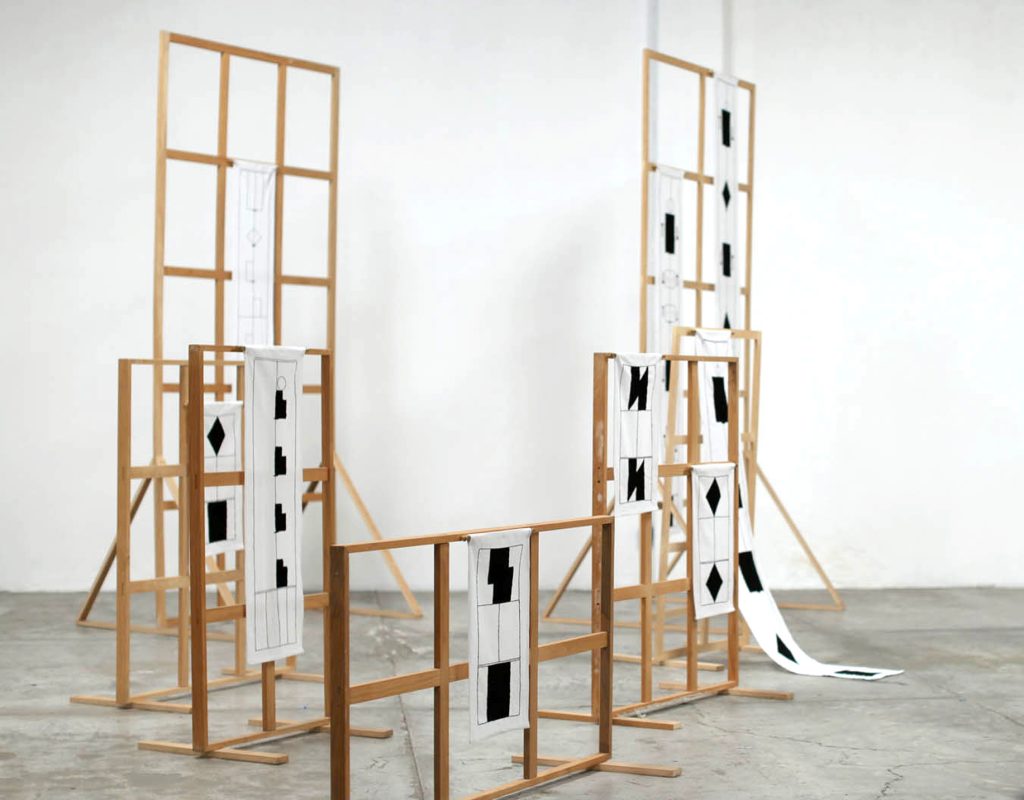
Labanotations
Technical Data Sheet
Credits
DETALLES DEL PROYECTO
“Man moves in order to satisfy a need.
He aims by his movement at something of value to him”
R. Laban
Series of embroidered drawings based on the theory developed by the Hungarian dancer, choreographer and architect Rudolf Laban, considered the creator of modern dance in Central Europe, who refined the appreciation and observation of movement to the point of developing a method to experiment, see , describe and write down movements in which the functional and expressive implications will be fully evident.
Laban’s theory, collected in Laban Movement Analysis (LMA), is a tool to analyze and understand movement, which deepens and studies the reactions of the body with the environment.
LMA is a language for understanding, observing, describing and noting all forms of movement; It is a system capable of describing the connections of the body, the dynamics of movement produced by muscular effort, the form, interpretation and documentation of human movement based on theoretical bases created by Laban himself, such as Kinetography/Labanotation: annotation of movement, Effort Shape: study of the dynamics of movement, and Choreutics: study of space.
This Analysis provides a systematic vocabulary to describe movements qualitatively and quantitatively. It is applicable to dance, sports, theater, dance therapy, psychiatry, anthropology, sociology.
In the performing arts, it enables exhaustive observation to expand the spectrum of vocabulary in expressiveness and functionality. This system uses symbols, which function as letters or phrases that describe different aspects of movement, such as: the direction and level of a movement in space, the parts of the body that make the movement, the duration of the movement in time, as well as the dynamics, energy, intentions, emotions
and attitudes of the movement.
As in music, a kind of staff is used in which the movements are noted, this is subdivided into several columns. Each column contains symbols that describe the movements of a particular part of the body.
The Laban method shares a unique kinship with hand embroidery. Both art forms emphasize the embodied experience, connecting deeply with the material they engage with. Just as a dancer internalizes the rhythm, flow, and space within their movements, an embroiderer feels the texture of the textile and the tension of the thread. This intimate connection between the artist and the medium in both practices creates a tactile dialogue, where each stitch or movement becomes a deliberate expression of the artist’s intent. The meticulous nature of hand embroidery, where every thread is carefully placed, mirrors the precision and mindfulness required in Laban’s choreographic notations, where each movement is thoughtfully considered and documented.
The installation of such a piece invites the audience to immerse themselves fully, encouraging a sensory journey akin to walking through a dance. By exploring both the front and back of the embroidery, viewers can appreciate the intricate labor and narrative woven into the fabric. This dual perspective allows the audience to witness the complexity and beauty of the process, much like understanding the layers of choreography in dance. In this way, the installation transforms into a dynamic language, with the embroidery serving as choreographic notation for the body. Each thread and stitch becomes a notation of movement, capturing the essence of both the textile art and the embodied experience it represents.
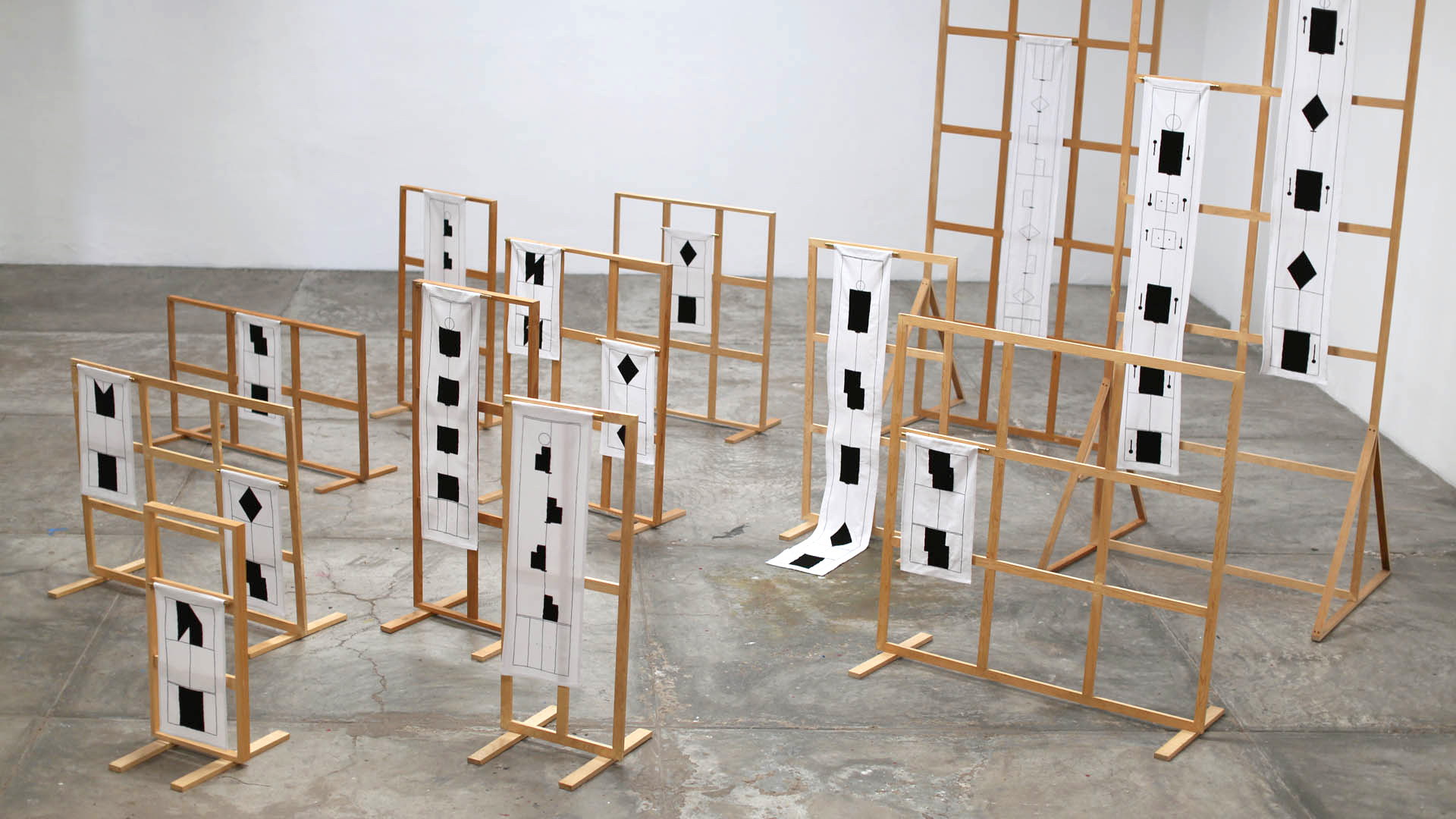
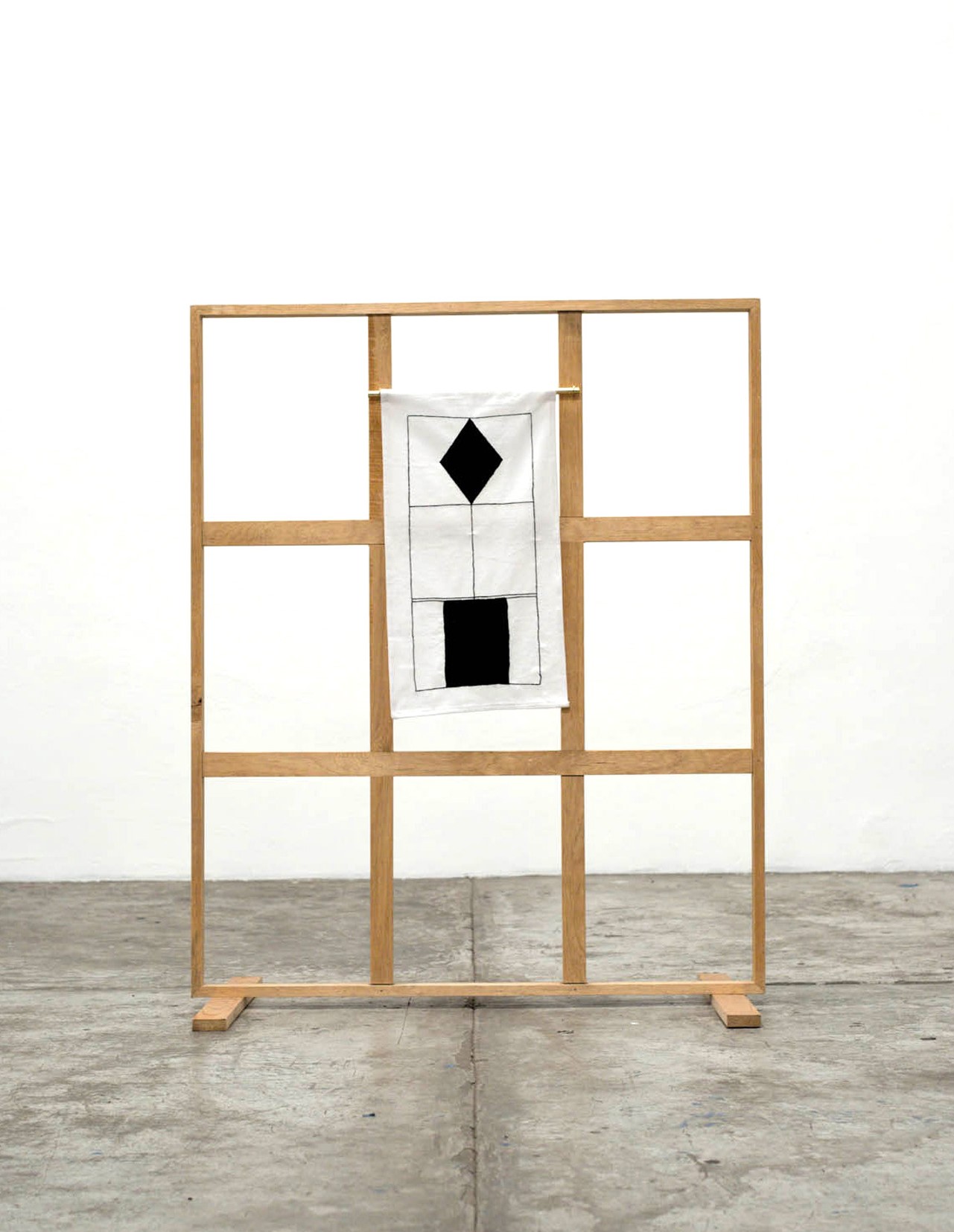
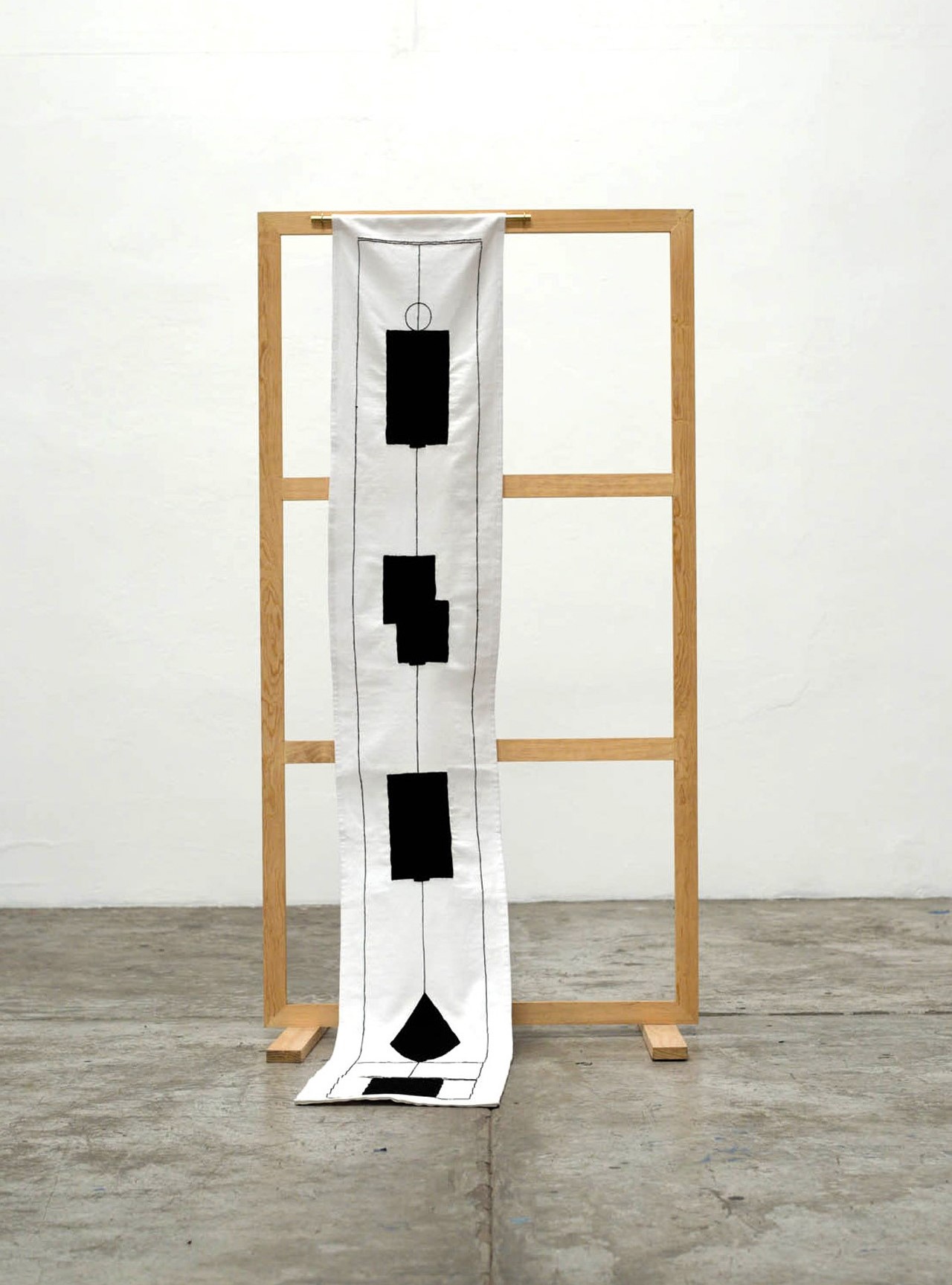
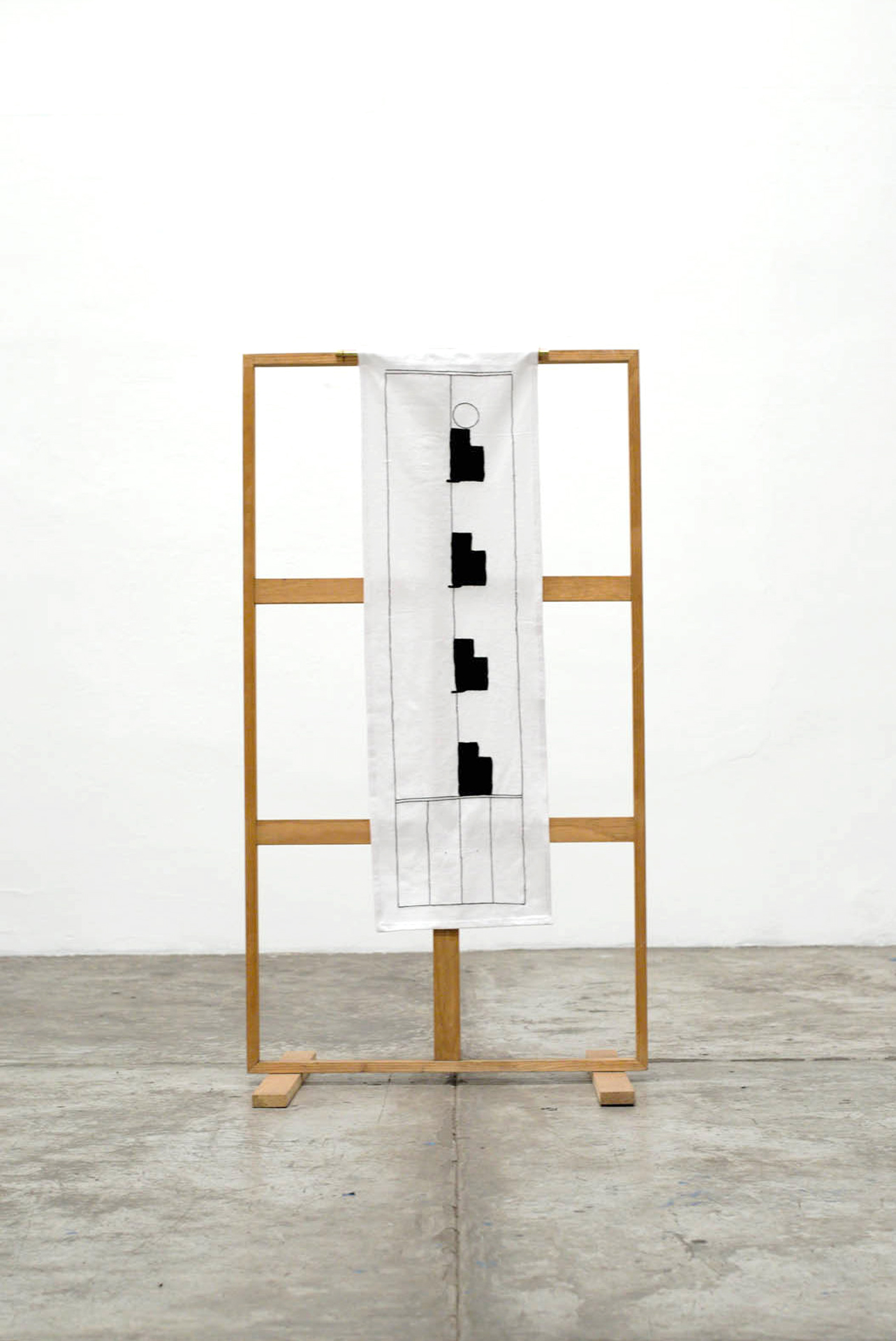
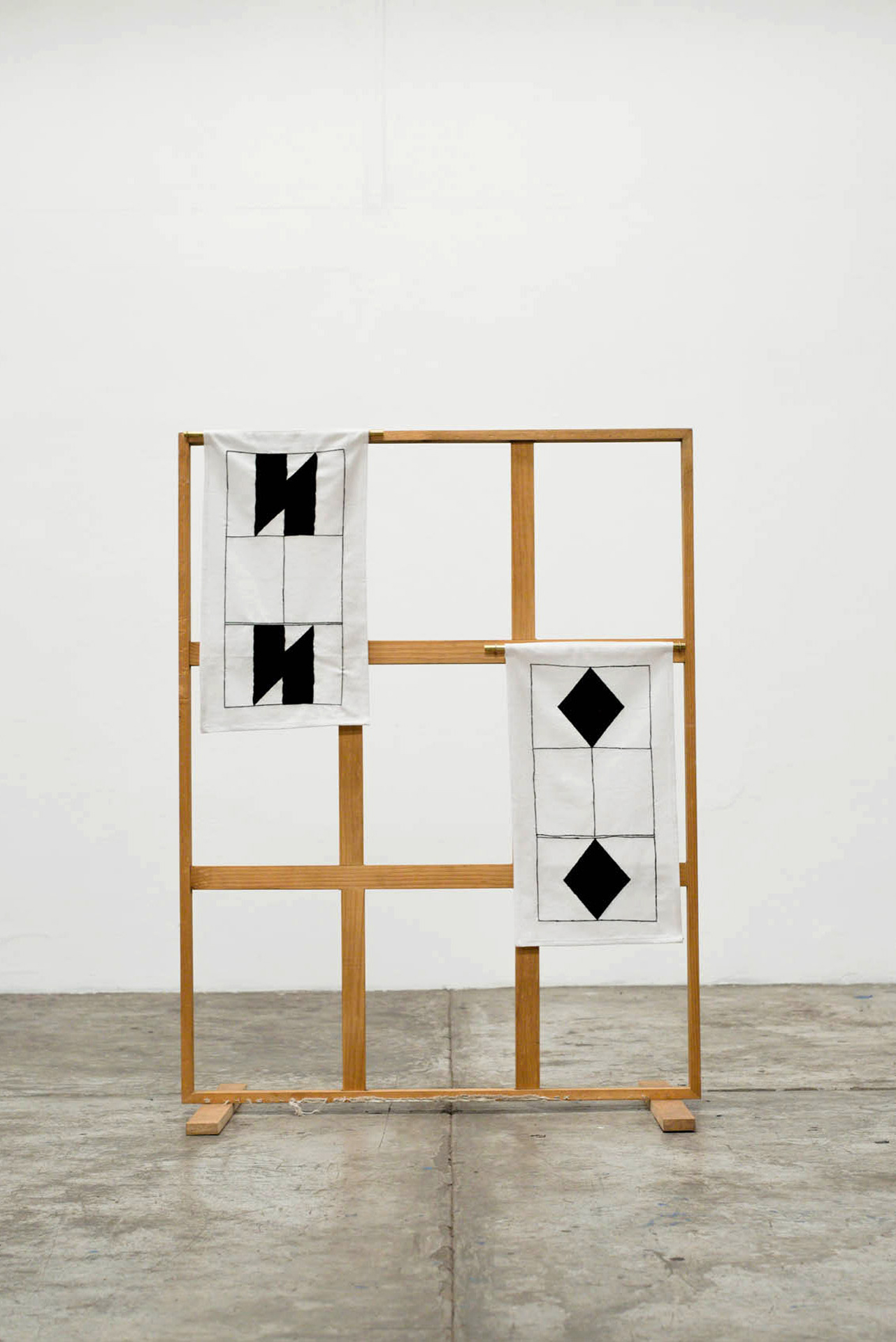
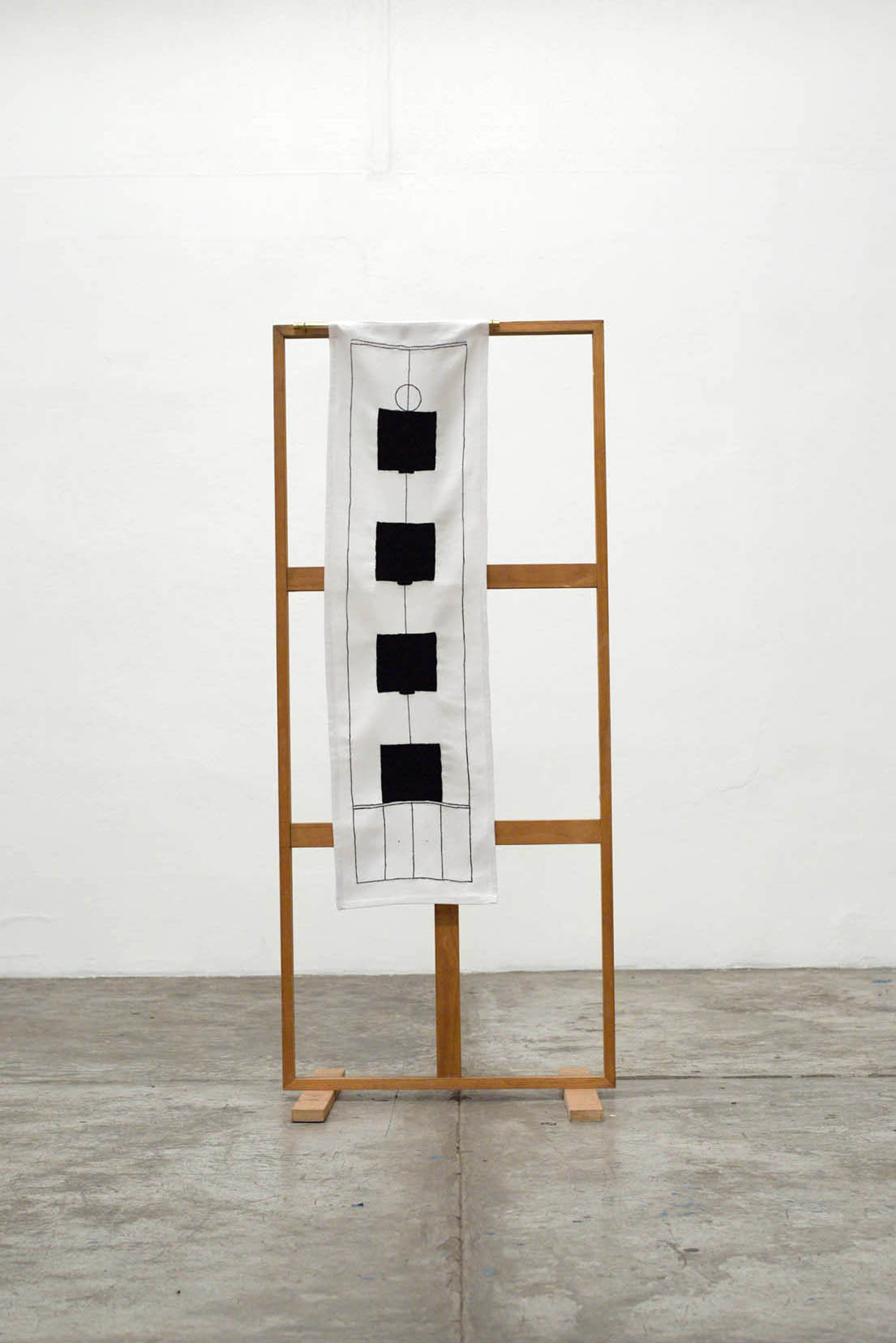
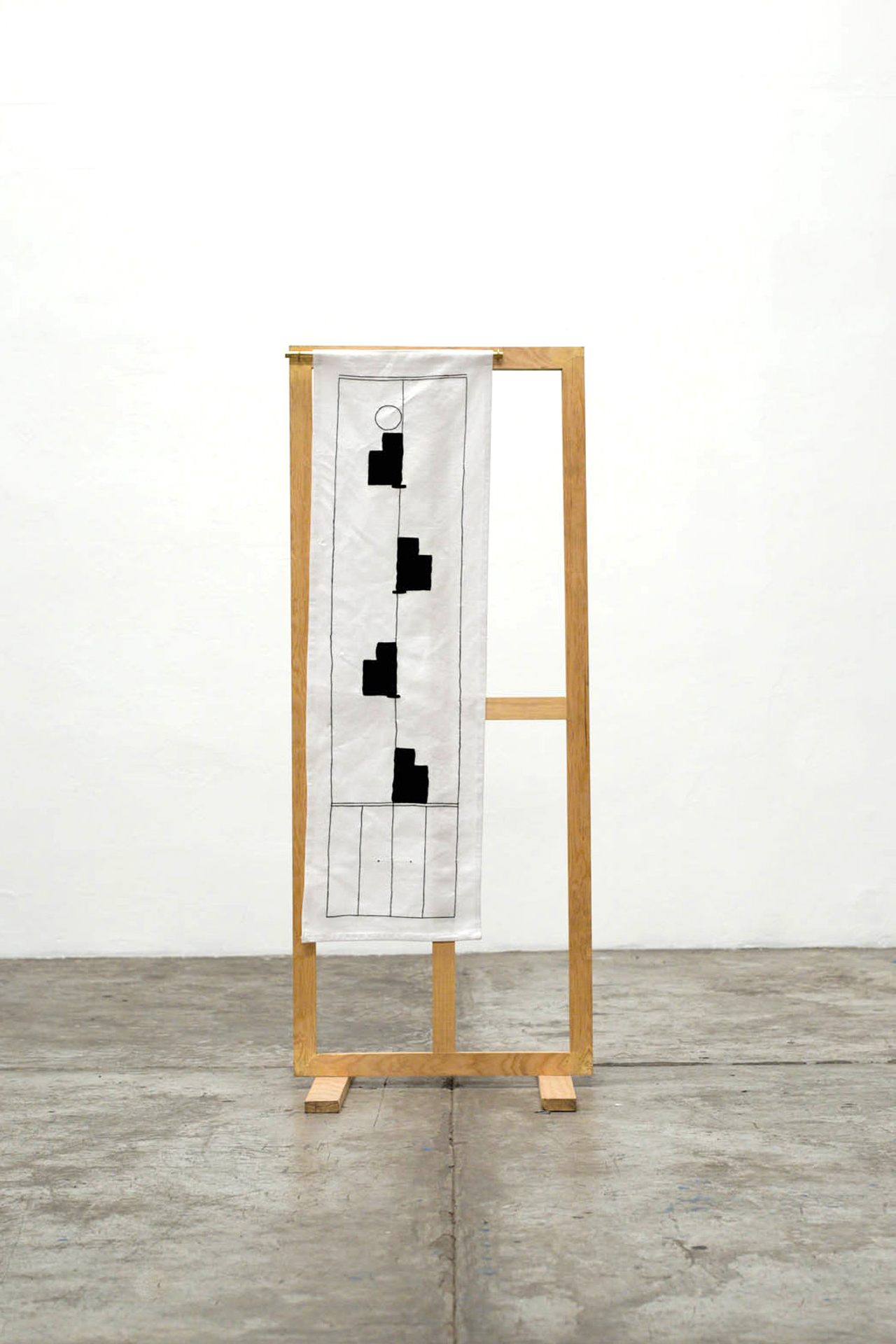
DETALLES DEL PROYECTO
DETALLES DEL PROYECTO
DETALLES DEL PROYECTO
DETALLES DEL PROYECTO
DETALLES DEL PROYECTO
DETALLES DEL PROYECTO